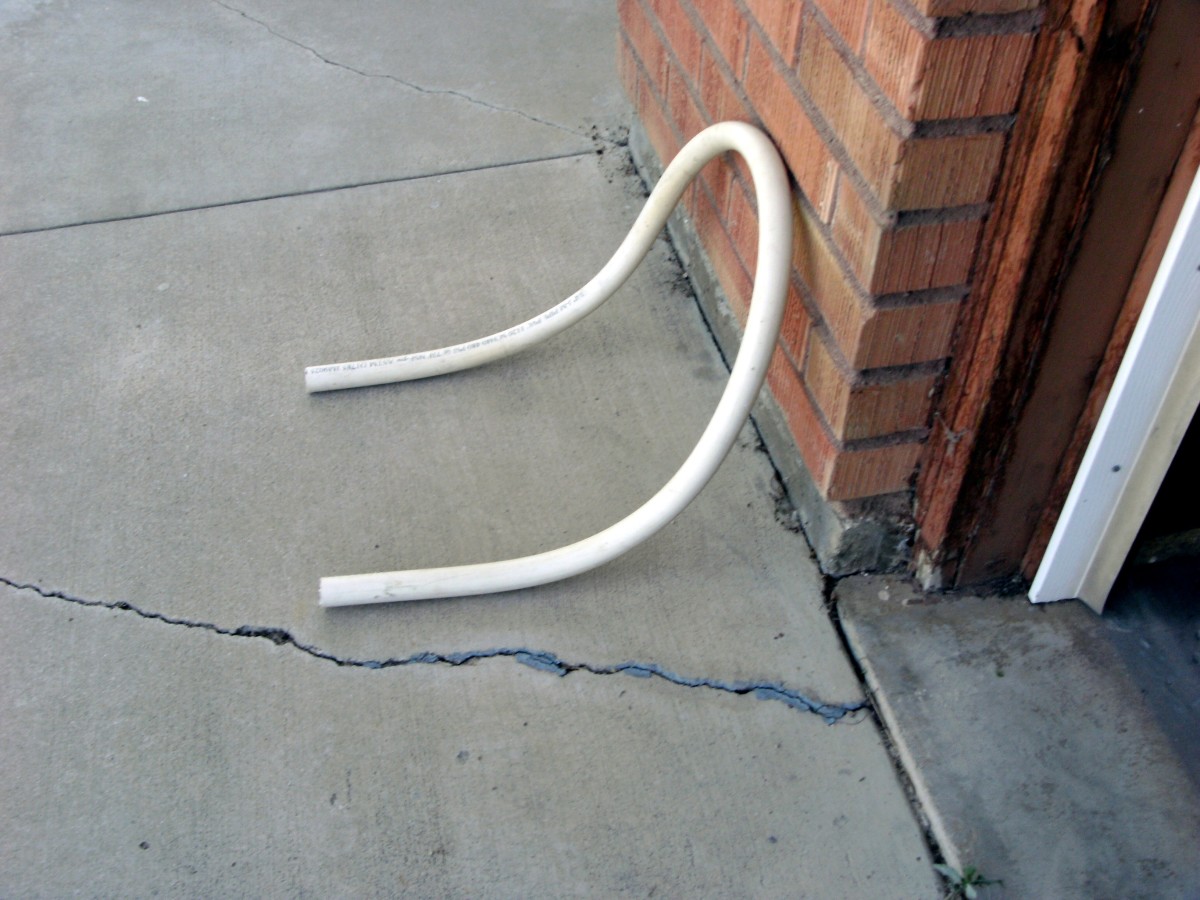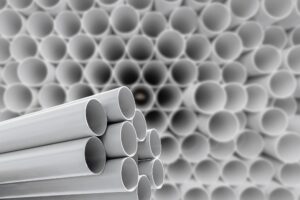Feb . 21, 2024 14:41 Back to list
How to Bend PVC Pipe or Plastic Conduit Tube

Why Bend PVC Pipe?
There can be a variety of reasons to learn how to bend PVC pipe or conduit. It can be quite artistic and can be used as artwork. It can also be used as support for other items. As an electrician, I have installed miles of PVC conduit underground, and it always needs to be bent at one point or another. Elbows or other pipe fittings won't work for conduit because wire cannot be pulled through them—a gentle, sweeping bend is necessary.
The only thing you don't want to do is bend the pipe for use in water piping. Bending involves heating, and this will inevitably weaken the wall of the pipe, which means it won't be able to withstand the pressure it was designed for.
UPVC COLUMN PIPES for submersible pumps
Heat Sources for Curving PVC Pipe
The first thing you will need is a source of heat, and while there are lots of possibilities (you could use a campfire). Some are clearly better than others. One heat source that is forbidden is your kitchen oven or cooktop. PVC can easily char, smoke, or even catch on fire, and when it does, the smoke is quite noxious, and the fire is extremely difficult to put out. Do the work outdoors.
Electric blankets are available for bending smaller pipe as are hot boxes for conduit or pipe up to 4" in diameter. Heat guns, similar to a hair dryer but more powerful, work well for small pipe and are not extremely expensive if you have more than just a few pieces to bend.
My personal favorite is a weedburner for those times when the hotbox is not available or if there is no power for it. This is nothing more than a large torch that runs off the same propane tank a gas barbecue does. It is quite effective for larger conduits, although a little difficult to control for 1" and smaller pipe.

Heat Bending PVC Pipe
The first thing to do is to find a place to work. A grass or weed-covered area is not advisable as not only may the growth catch fire, but it will likely leave marks in the soft pipe. The same goes for a gravel or asphalt surface as rocks or the rough surface of asphalt will leave marks, and asphalt will soften or melt as well. Concrete is good, and a sand bed will work well, also.
Lay the pipe on the ground and begin applying heat. The photos below were taken using a weedburner torch to heat with, and if any kind of torch is used, it must be kept moving. In addition, keep turning the pipe every few seconds and watch the surface for any signs of charring.
While the surface of the pipe may turn a light brown, anything beyond that indicates that the heat is being left in one place too long. The National Electric Code prohibits the use of a torch (although it is commonly used anyway) just because it is all too easy to burn the conduit. Keep the torch head a good distance from the pipe, spreading the heat, and keep it moving.
If the heat is applied within about 6" of the end of the pipe, it is almost inevitable that it cannot be joined to another pipe as it will become slightly deformed, and fittings will no longer slide on. If you must start a bend near the end, make the unbent portion a little longer by keeping heat at least a foot away from the end and cutting it off later. It is also possible to glue a fitting onto the pipe before heating, but make absolutely sure that the glue is completely dry; fresh glue is extremely flammable.
The heated PVC will turn soft and floppy as it warms, to the point that picking up one end of the pipe will not move the other end. It will also soften so that pressure with a fingertip will dent the surface, which will promptly spring back when pressure is removed. It is at this point that the pipe is ready to bend.
Keeping the pipe round instead of oval can be a trick and is usually desirable for aesthetic reasons. The electrical code requires that the pipe be round as well, and inspectors seeing an oval pipe will reject it. Using a wet rag to squeeze the pipe round while a helper pours water over the small area being squeezed works well here. Make sure that the water is only applied in a small area. If an oval section is cooled, it will remain oval instead of round.
The use of gloves is highly recommended, as the heated portion of the pipe or conduit will be too hot to touch for more than a second or two. Lay the pipe on the ground and make the bend desired.
If it is more than a simple one-point bend, it is desirable to have a jig ready to hold the bend in place; some nails strategically placed on a piece of plywood, or perhaps stones placed in the right place to hold the bent conduit. While the photos show three bends in the pipe, they were done one at a time and left to cool between bends—this allows the pipe to be held in place by holding the cool portions.
If the pipe kinks, it is being bent too sharply or is not hot enough. Small kinks can be worked out by pressing on the pipe with a wet rag and working it up and down the pipe, but only to a point. Severe kinks will require immediately relaxing the bend to a longer radius or heating it to a high temperature before bending again. If it is allowed to cool with a kink in the pipe, it will be virtually impossible to remove.
Multiple bends are often an easy way to do the job all at once—if a long enough section can be heated all at once, an "S" bend can be done by simply laying the floppy pipe out into the desired shape. The larger the pipe, though, the harder it is to get enough heat to soften it.
Even the large weedburner shown in the photos will not heat a section of 4" pipe more than about 5 feet long. In such cases, let the pipe cool completely after making one bend and reheat it for a second bend. Help may be necessary to turn it if it already has one bend, as it will not be the same as simply rolling it along the ground to turn it over.
Heating the pipe is a little tricky to accomplish without burning it, so you may want to have an extra piece to practice on if this is your first time. PVC pipe is not expensive, and it could pay dividends in time and effort to "play" with it a little before getting down to business.
The pipe being bent in the photos will be used to make a small child's beach chair and is but one example of what can be done with PVC pipe. Let your imagination run, and you will find many PVC pipe projects that can be accomplished with minimal cost simply by learning the techniques and skills of how to bend PVC pipe.
If you are using PVC conduit to pull wire through, needing to bend it at some point is almost inevitable, and learning this will pay for itself by allowing you to provide bends as desired instead of buying factory bends that are only available in a small variety.

This article is accurate and true to the best of the author’s knowledge. Content is for informational or entertainment purposes only and does not substitute for personal counsel or professional advice in business, financial, legal, or technical matters.
-
Durable DN100 PVC Well Casing Pipes for Reliable Water Supply
NewsAug.16,2025
-
HORON 25mm PPR Plumbing Pipes: Durable, Leak-Proof Water Systems
NewsAug.15,2025
-
Durable UPVC Column Pipes for Submersible Pumps | Efficient Water Flow
NewsAug.14,2025
-
DN100 PVC Well Casing Pipes - Durable & Corrosion-Resistant
NewsAug.13,2025
-
Flexible 32mm HDPE Pipes in Coil | Durable Water & Gas Lines
NewsAug.12,2025
-
DN50 HDPE Pipes in Coils: Flexible, Durable & Easy Install
NewsAug.11,2025


